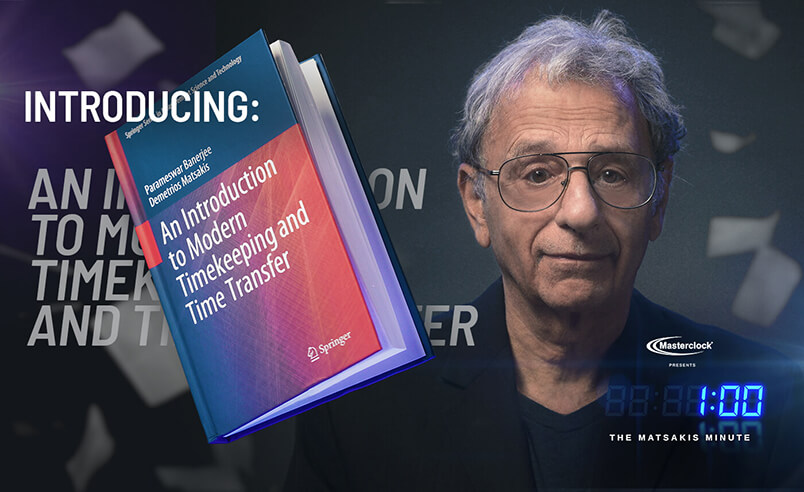Industry Literature - December 5, 2016
In today's economic world, the word on the tip of all of our tongues is "globalization." Long before the days of traveling distance by train, the people of the world explored the furthest reaches of our planet to discover the many cultures and customs of those lands. However, with expedited mass transit came the need for our world to begin solving a very fundamental problem in travel logistics: "What time is it?"
Global Time Zones: When Time is Money, Your Clock Better Be Accurate
In 1675, Charles II of England declared, according to the Greenwich Royal Observatory website, that the exact spot "is, by international decree, the official starting point for every new day, year and millennium." Out of this proclamation came what is known as Greenwich Mean Time (GMT), the exact time that all other time zones are judged. All time zones west of Greenwich, London were considered to be "behind," while zones east of the Observatory were considered "ahead." For instance, if GMT were 2:00am on June 4th, it would be 7:00pm on June 3rd in the state of Arizona. Although that may sound quite easy to decipher, time doesn't necessarily play by the same rules everywhere it is used.

As a general rule of thumb, it is said that each specific hour in the time zone breakdown of the globe is found at 15 degree intervals from the prime meridian. That being said, you might expect there to only be 24 time zones (24 x 15 = 360 degree globe), each a cookie cutter strip from pole to pole. Unfortunately for most, our time zones aren't determined by natural and scientifically researched phenomena. Instead, they are structured to suit the area.
International Time Zones
India, for instance, follows one time zone known as Madras Time (GMT +05:30). To put that into context, it's like Pennsylvania and Colorado sharing the same time zone.
China created "Beijing Time" that covers the entire country. Many years ago, China was split into 5 time zones. After the Chinese Civil War ended in 1949, the Communist Party of China decided to unify the nation—and the time zone. In the far western reaches of the country, villagers see the sun rise as late as 10am and setting at midnight!
More of an act of defiance than unity, the Caribbean island territory of Turks and Caicos changed their time zone from Eastern Standard Time (EST) to Atlantic Standard Time (AST) during the Daylight Saving Time switch in 2015. It was said to be an ideological break from British Overseas Territory time, also known as EST.
Egypt had four changes in 2014. On May 15th, clocks jumped forward an hour to honor Daylight Saving Time. At the end of June, the time was put back an hour for the Muslim holiday of Ramadan. By the end of Ramadan, the time moved forward an hour again, only to be set back an hour at the end of summer.
The island nation of Samoa legitimately skipped the date of Dec. 30, 2012 on their calendar. On the fateful Thursday of December 29, 2012, it was decided that Samoa would transition to using a nearby time zone that was 24 hours ahead, thus fast forwarding to December 31, 2012. The move was done to assimilate with Samoa's economic neighbors Australia, China, and Singapore.
The International Space Station uses GMT.
National Time Zones
Back on our own soil, Arizona is the only mainland state to completely ignore Daylight Saving Time, as it has been since 1975. The argument is that it is such an unforgivingly hot environment during the summer that they need to have morning times start earlier so they can get off before the heat of the day can cook an egg on the sidewalk.
Hawaii doesn't really have an excuse to ignore Daylight Saving Time, but they probably don't feel like they have to. That may be in part because, come winter, they share a time zone with the biggest state in the union: Alaska. Together they create the Hawaii-Aleutian time zone. Maybe it's an island thing, because the Virgin Islands, Guam, and Puerto Rico all disregard Daylight Saving Time as well.
Time Zone Clocks
With all the time inconsistency in the world it is comforting to know that Masterclock NTP servers, PTP grandmasters, time code generators, and digital clocks can be configured for any time zone offset, ensuring you have a firm grasp on your timing no matter where you are. For the best in design, clarity, functionality, and precision, look no further then Masterclock’s Time Zone Clocks to display any time around the world.
Return to Knowledge Center to learn more.

